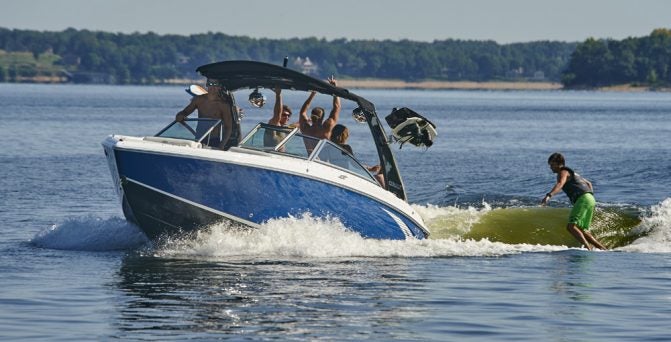
Common sense avoids problems
Wakesurfing continues to grow in popularity every year as more and more boaters discover how much fun this tremendous pastime can be. The appeal of wakesurfing is easy to understand – instead of being pulled along 75 or 80 feet behind the boat on a rope, you wakesurf right at the transom, where you can still interact with friends onboard and remain part of the group. Further, you’re moving along at a relatively pedestrian speed of 9 or 10 mph, so instead of taking massive, bone-crunching wipeouts at high speed like traditional wakeboarders do, wakesurfers simply lose momentum and gently descend into the water when things go awry. This makes wakesurfing far more enjoyable for riders of all ages and abilities, from children to grandparents.
Keeping it fun requires a bit of consideration – not only for the surfers behind your boat, but for other people sharing the water with you. Wakesurfing requires a big wake, and manufacturers of wakesurfing boats are constantly refining their products to make even bigger waves. The problem is that those big waves tend to keep on going long after someone has surfed on them, with the potential to damage docks, moored boats and shoreline property. Fortunately, most problems can be avoided with a little common sense.
Stay Offshore
For starters, it’s always a good idea to keep a healthy distance from shore while wakesurfing, giving the waves a chance to dissipate before they reach moored boats. Some areas of the country now have regulations stipulating how far tow boats need to remain offshore – usually 100 to 200 feet. While it may be tempting to make a few runs right off the dock to show off for spectators, close passes can cause real problems by stressing cleats on docks and boats alike, causing damaging cracks or pulling out altogether. That damage can be amplified by making repeated passes over the same area.
Beyond that, wakesurfing becomes more difficult in shallow water, where the waves hit bottom and bounce back up to degrade the wake. Staying over deep, clear water provides a far better ride, especially for beginners.
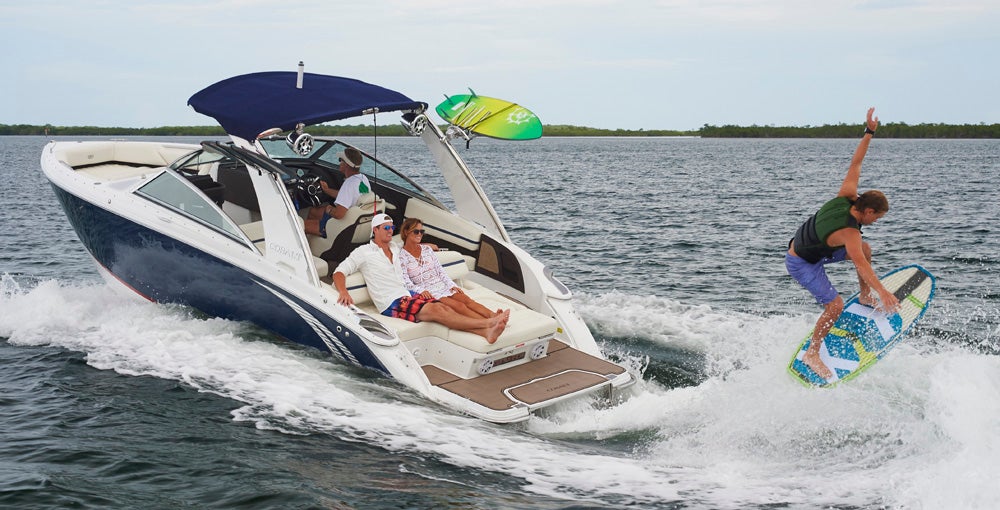
Staying well offshore while wakesurfing gives your waves a chance to dissipate before they reach docks, anchored boats or sensitive shorelines.
Large waves close to shore don’t only impact boat docks, they can have negative effects on wildlife habitat. Many types of amphibians and waterfowl make nests close to water level in reedy areas – nests which can be easily swamped by repeated passes from towboats operating inappropriately close to shore. Fish habitat, including spawning sites for popular species like bass, can also be damaged or destroyed by repeated wave action. Concentrations of heavy waves can also damage nearshore vegetation, resulting in increased shoreline erosion.
Watch For Other Boats
Wakesurfing waves don’t have the potential to just impact moored boats, they can can impact other boaters. Small craft like canoes, kayaks or stand-up paddleboards can be easily swamped by surf waves, while even larger boats can be disrupted by large wakes, providing occupants with a rough ride and making it more difficult for fishermen to stay on their spots. Heading out early or late in the day, when boat traffic is lighter, can be the best way to avoid such confrontations.
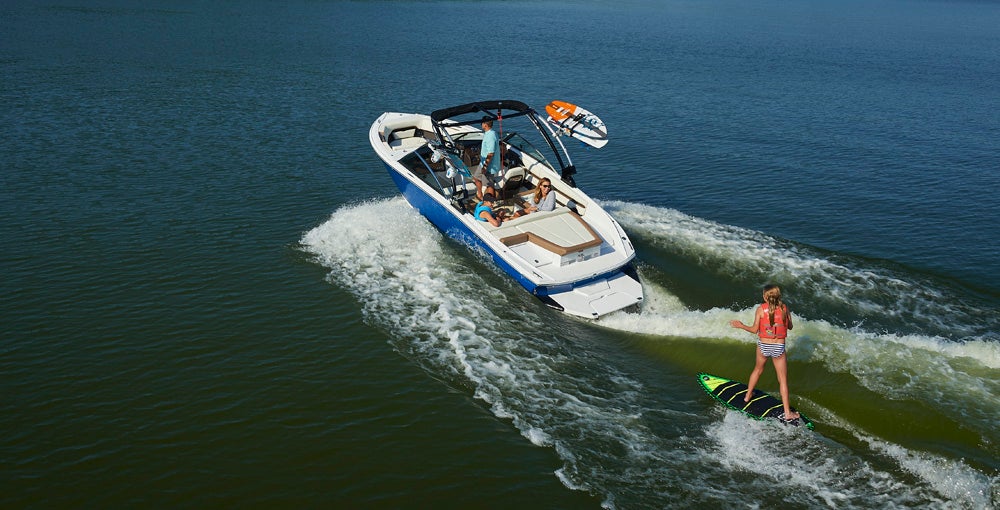
Keeping an eye out for other boats is essential when wakesurfing. Proactive driving alleviates potential conflicts.
While it’s always tempting to watch the rider doing tricks behind the transom, the driver’s job is to always keep their eyes out front, watching for swimmers and other boats. Remaining alert is the easiest way to anticipate potential conflicts and be able to proactively avoid them. Pay special attention when initiating turns.
Watch The Volume
While being conscious of your wake is important, so too is watching the volume of the onboard stereo. Wakesurfing and music go hand-in-hand, and everyone enjoys having some tunes pumping while they’re taking a turn behind the boat. But remember that sound carries a long way over water, and turning the volume up a bit too high is the surest way to get under someone else’s skin – especially if you are out early or late in the day.
Wakesurfing is a lot of fun. Showing consideration for others enjoying the water is the easiest way to keep it that way.

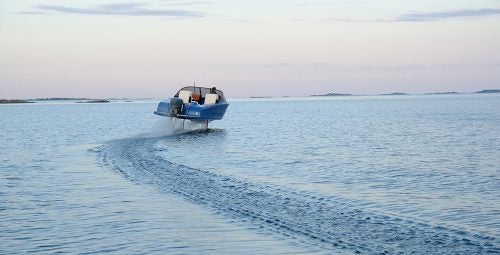



 Fort Lauderdale International Boat Show Preview
Fort Lauderdale International Boat Show Preview 10 Best New Boat Accessories at IBEX 2021
10 Best New Boat Accessories at IBEX 2021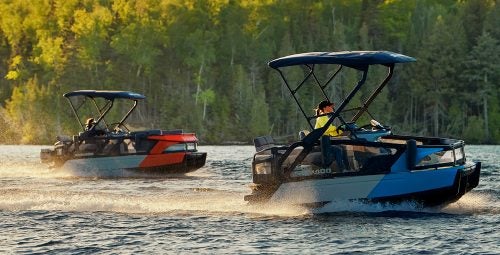 2022 Sea-Doo Switch Pontoon Boat Lineup Unveiled
2022 Sea-Doo Switch Pontoon Boat Lineup Unveiled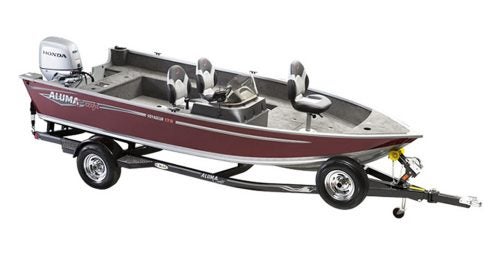 BRP Enters Fishing Boat Market with Purchase of Alumacraft Boat
BRP Enters Fishing Boat Market with Purchase of Alumacraft Boat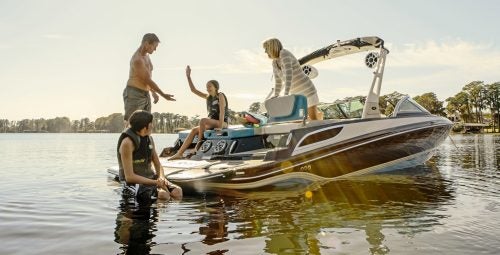 Volvo Commits To Electric Power By 2021
Volvo Commits To Electric Power By 2021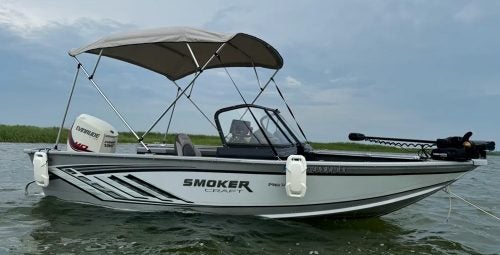 Kemimoto 4 Bow Bimini Top and Boat Bumper Review
Kemimoto 4 Bow Bimini Top and Boat Bumper Review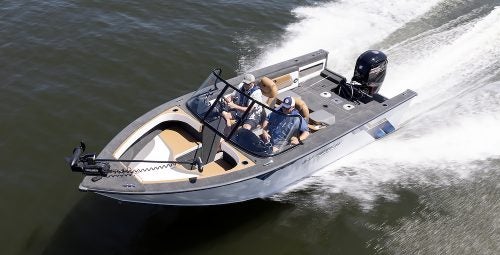 Starweld Victory 20 Review
Starweld Victory 20 Review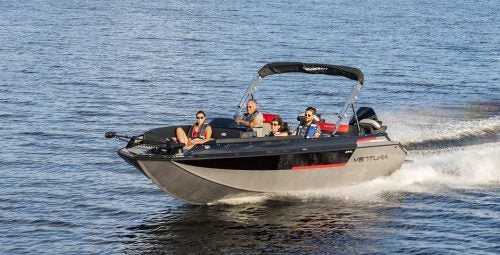 Princecraft Ventura 23 RL Review
Princecraft Ventura 23 RL Review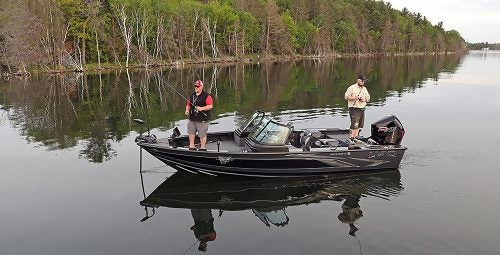 Lund 2075 Pro V Review
Lund 2075 Pro V Review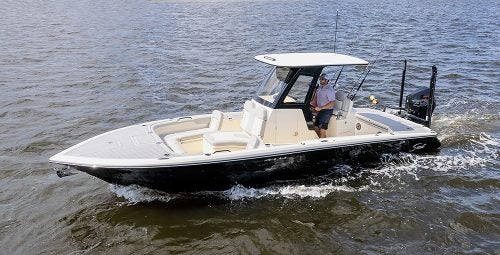 Scout 281 XSS Review
Scout 281 XSS Review Fuel Saving Tips For Boaters
Fuel Saving Tips For Boaters Best Boating Accessories
Best Boating Accessories Best Boating Apps
Best Boating Apps 5 Pontoon Boats That Are Made To Fish
5 Pontoon Boats That Are Made To Fish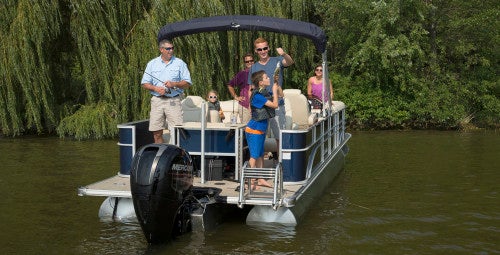 10 Great Small Pontoons
10 Great Small Pontoons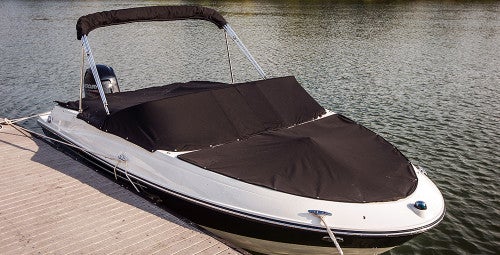 Your Boat Was Expensive—Do You Really Trust a $2 Rope From the Dollar Store to Secure It?
Your Boat Was Expensive—Do You Really Trust a $2 Rope From the Dollar Store to Secure It?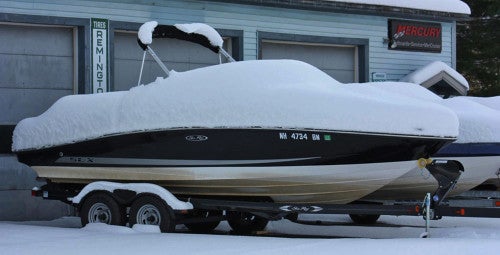 Do I Need Insurance Coverage Against Ice or Freezing Damage?
Do I Need Insurance Coverage Against Ice or Freezing Damage?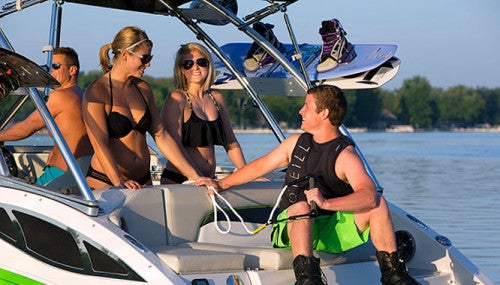 What Kind Of Insurance Coverage Do I Need?
What Kind Of Insurance Coverage Do I Need?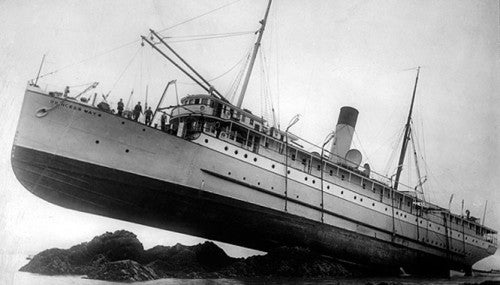 What About Salvage?
What About Salvage?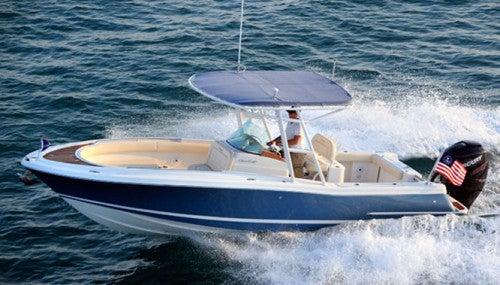 Boat Insurance or Yacht Insurance?
Boat Insurance or Yacht Insurance?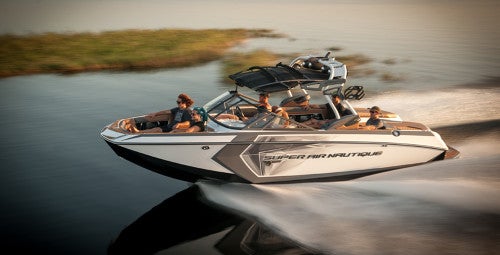



 The Best Bowriders For The Money
The Best Bowriders For The Money
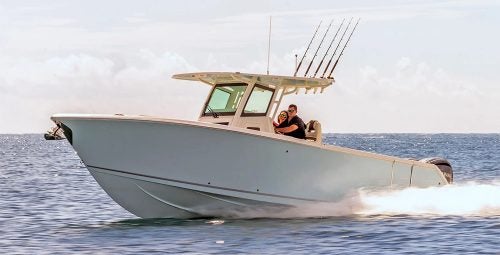 Sailfish 312CC Review
Sailfish 312CC Review
 The Wildest Concept Yachts
The Wildest Concept Yachts
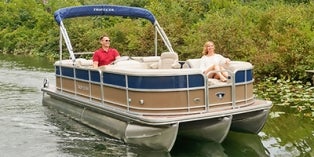 2016 Trifecta 200 Series 220FCR
2016 Trifecta 200 Series 220FCR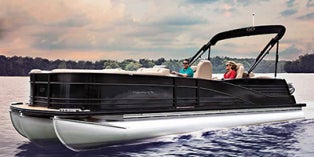 2016 Harris Grand Mariner SL 270 DL
2016 Harris Grand Mariner SL 270 DL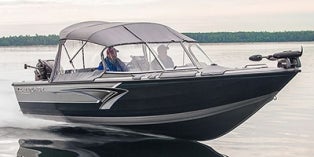 2016 Crestliner Authority 2050
2016 Crestliner Authority 2050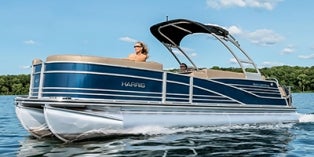 2016 Harris Grand Mariner SL 230 DLDH
2016 Harris Grand Mariner SL 230 DLDH
